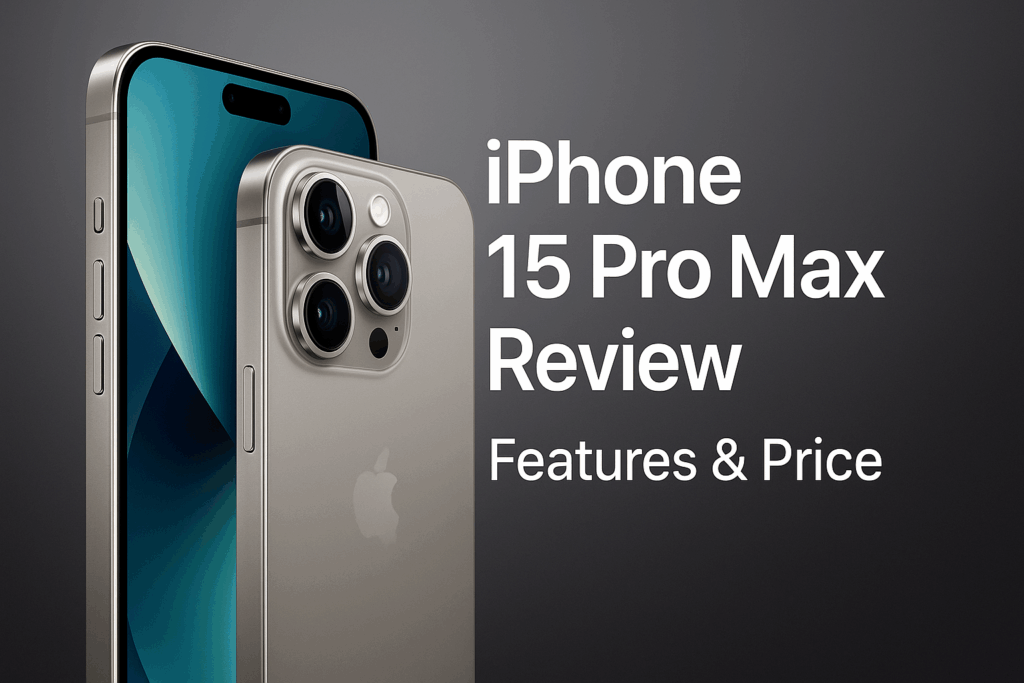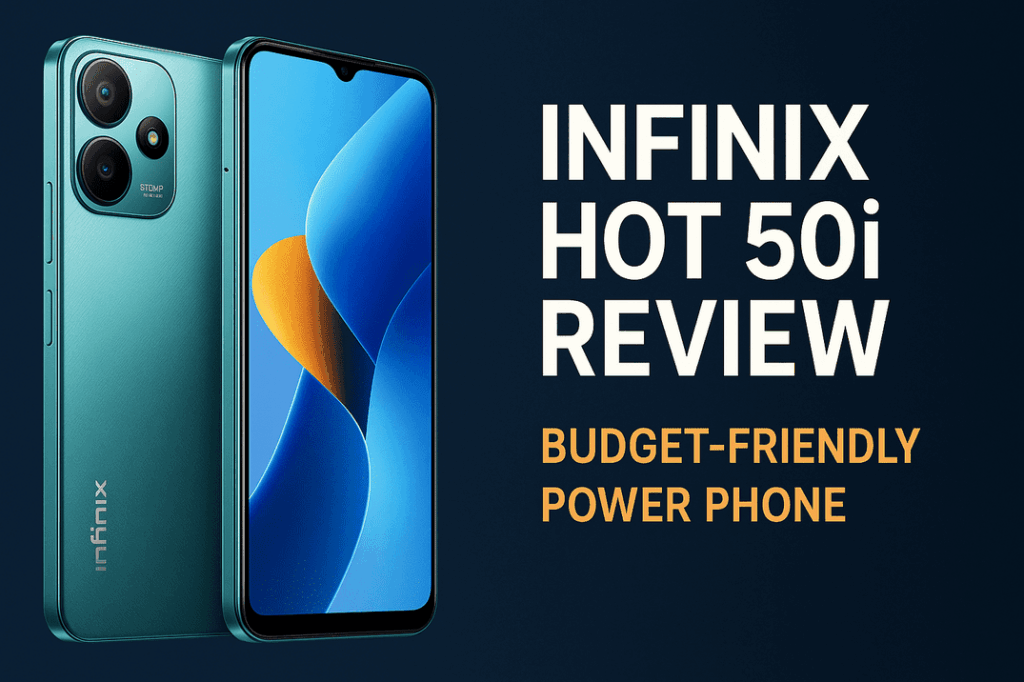It’s September 2025, a time of year that brings a familiar rhythm to the tech world. The dazzling new iPhone 17 has just been unveiled, capturing headlines with its next-generation features and, of course, its eye-watering price tag. But for the savvy Nigerian tech enthusiast, this moment signals a different, perhaps more exciting opportunity. It means that last year’s powerhouse, the iPhone 16, is now available at a significant discount. For years, buying a one-year-old iPhone has been the smartest way to get 95% of the premium Apple experience while saving a considerable amount of money.
But this is 2025, and the world of smartphones has fundamentally changed. The whispers and novelties of yesterday have become the mainstream reality of today. Foldable phones are no longer just fragile, first-generation experiments. They are mature, durable, and increasingly common on the streets of Lagos, from the corporate offices of Victoria Island to the creative hubs of Yaba. Devices like Samsung’s latest Galaxy Z Fold and Tecno’s Phantom V series offer a tantalizing glimpse into the future—a phone and a tablet in one device.
This creates a genuine dilemma for anyone looking to invest in a premium smartphone. Does the traditional, monolithic “slab” phone, even one as polished and powerful as the iPhone 16, still hold its ground? Or has the sheer utility and “wow” factor of a foldable made it feel like a relic of a bygone era? Let’s break down the brutally honest pros and cons to determine if the iPhone 16 is still a worthy investment in this new world of foldables.
The Case for the iPhone 16: The Champion of Refined Reliability
Before we get swept away by the allure of unfolding screens, let’s establish why the iPhone 16 remains such a formidable contender. It represents the absolute pinnacle of the traditional smartphone form factor, a device refined over more than a decade to a state of near-perfection.
Overkill Performance That Lasts
At the heart of the iPhone 16 is the A18 Bionic chip. In September 2025, this one-year-old processor is still more powerful than many brand-new, top-of-the-line Android chips. It’s a testament to Apple’s engineering prowess. For the end user, this translates to an experience that is flawlessly smooth and incredibly fast. Demanding games, 4K video editing, and heavy multitasking are handled without a single stutter. This level of “overkill” performance is not just for show; it’s a guarantee that the phone will feel fast and responsive not just today, but for many years to come.
The iOS Ecosystem: Apple’s Ultimate Weapon
Arguably, the most compelling reason to buy an iPhone has little to do with the hardware itself. It’s about iOS and the seamless ecosystem it anchors. The way an iPhone communicates with a MacBook, an Apple Watch, and AirPods is a kind of everyday magic that no other manufacturer has been able to replicate perfectly. Features like iMessage, FaceTime, AirDrop, and Handoff create a cohesive and frictionless experience. Add to this the unparalleled security and privacy of the platform and the superior quality of apps in the App Store, and you have a powerful, locked-in advantage that a foldable running Android simply cannot offer.
Unmatched Longevity and Resale Value
This is a critical point for any Nigerian making a significant financial investment. An iPhone 16 purchased today will receive major iOS updates until at least 2030, if not longer. This means the phone won’t just stay secure; it will continue to get new features and feel fresh for five, six, or even seven years. No Android device, foldable or otherwise, comes close to this level of long-term support. Furthermore, iPhones hold their value in the Nigerian market like no other piece of electronics. When it’s time to upgrade in a few years, your iPhone 16 will command a much higher resale price than any comparable foldable, making the total cost of ownership surprisingly reasonable.
Durability You Can Trust
The iPhone 16 is a solid, predictable block of Ceramic Shield glass and surgical-grade stainless steel. It has a high IP68 rating for water and dust resistance, meaning it can survive an accidental drop in water or a dusty harmattan day. It’s a form factor that has been tested and proven over billions of devices. You can put it in a case, and you can be reasonably confident that it will survive the rigors of daily life. This “boring” reliability is a feature, not a bug, and it offers a level of peace of mind that is hard to quantify.
The Rise of the Fold: The Allure of the Future, Today
While the iPhone 16 represents the peak of the past, foldables represent the promise of the future. And in 2025, that future is compelling.
Productivity Unleashed: A Tablet in Your Pocket
This is the core, practical argument for a foldable, and for a Lagos power user, it is a game-changer. The ability to unfold your phone into a mini-tablet transforms your workflow. Imagine answering a detailed email on a large, comfortable keyboard on one half of the screen while referencing an attached PDF on the other. Picture running your banking app and a calculator side-by-side, without compromise. Think about giving a presentation to a client by simply unfolding your device, no laptop or tablet needed. For true mobile professionals, a foldable isn’t a novelty; it’s a powerful productivity tool that a slab phone simply cannot replicate.
Media Consumption Nirvana
The difference in watching a movie or a YouTube video on a 6.7-inch iPhone screen versus a 7.6-inch inner foldable display is night and day. The immersive, tablet-like experience offered by a foldable is vastly superior for any kind of media consumption. It turns a crowded commute into a personal cinema. For anyone who loves to watch content on their device, this is a massive, undeniable advantage.
The Undeniable “Wow” Factor
Let’s be honest: part of the appeal is the sheer novelty and status. Pulling out a foldable and opening it up still turns heads. It’s a conversation starter. It signals that you are on the cutting edge of technology. While the iPhone is the established king of status symbols, the foldable is the choice of the innovator, a statement that you are embracing the next wave of personal computing.
A Brutally Honest Nigerian Reality Check
A global tech comparison is one thing, but living with these devices in Nigeria presents a unique set of challenges and considerations that must be addressed.
Durability, Dust, and a Prayer
Lagos is a dusty city. It’s a simple fact of life. The complex, multi-part hinge mechanism of a foldable, while much improved, remains its Achilles’ heel. The fear that a single grain of sand or pocket lint could work its way into the hinge and cause a catastrophic failure is a very real concern. The iPhone 16’s simple, sealed design offers robust protection against this environmental reality, providing a level of confidence that foldable owners simply do not have.
The Terrifying Cost of Repairs
Replacing a broken iPhone 16 screen at a reputable repair shop in Ikeja Computer Village is expensive, no question. But replacing the delicate, flexible inner screen of a foldable can cost as much as buying a brand-new, high-quality mid-range phone. This makes using a foldable a high-stakes financial risk. A simple, accidental drop could lead to a repair bill of ₦400,000 or more. The repair ecosystem for iPhones is also far more mature and accessible in Nigeria, making service quicker and easier to find.
The Battery Life Equation
In a country where “NEPA has taken light” is a daily mantra, battery life is king. While foldable battery technology has improved, powering a massive, bright inner display consumes a tremendous amount of energy. Under heavy use, the iPhone 16, with its highly optimized chip and single screen, will almost always offer better, more reliable battery endurance than a comparable foldable. For a user who can’t always count on being near a charger, this is a critical advantage.
The Verdict: The Pragmatist vs. The Pioneer
In the end, the choice between the iPhone 16 and a modern foldable in 2025 is not about which device is “better,” but rather, which type of user you are.
The iPhone 16 is for the Pragmatist. This user values proven reliability, long-term financial sense, peace of mind, and a powerful, seamless experience that simply works, day in and day out. They see their phone as a long-term investment and a dependable tool. The iPhone 16’s durability, software support, resale value, and ecosystem make it the smartest, safest choice for a premium experience.
A Foldable is for The Pioneer. This user is an early adopter, a productivity enthusiast who is willing to embrace the risks of a new form factor to live on the cutting edge. Their workflow genuinely benefits from a larger screen, and they are willing to trade some durability and battery consistency for the massive gains in multitasking and media consumption. They see their phone as a statement of innovation and a glimpse of the future.
In conclusion, while the world is indeed full of exciting foldables, the iPhone 16’s potent combination of raw power, software polish, ecosystem benefits, and proven, real-world durability makes it far more than just “worth it.” For the discerning Nigerian buyer in 2025, it remains one of the smartest, most reliable, and most powerful smartphone investments you can make.


